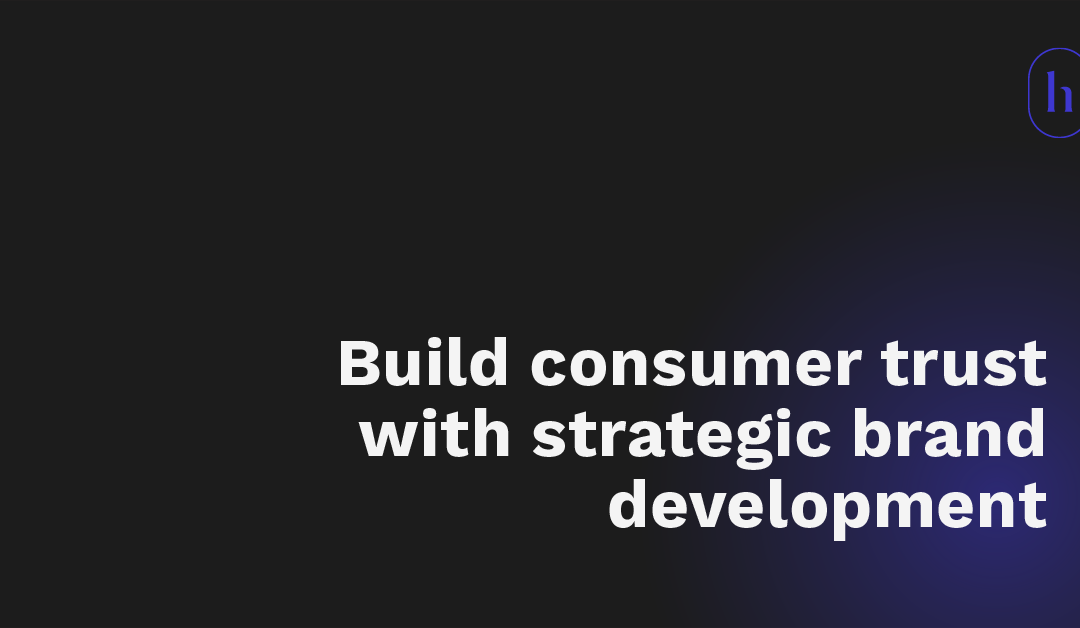
Creating a Strong Employee Onboarding and Retention Strategy
Creating a Strong Employee Onboarding and Retention Strategy
Have you ever bought a product and felt like everything during the sales process was amazing? The company was super talkative, constantly calling and messaging you, and their marketing was everywhere. But the moment you bought the product, it was radio silence – the item you bought didn’t live up to the expectations set during the sales process.
This same scenario often happens to employees. They read a beautiful job description, hear about a company aiming for the stars, and talk to people who sell them on why it’s such a great opportunity. But once they start the job, the reality is the complete opposite.
Understanding Employee Retention
Imagine your worst employee—the lazy person who doesn’t show up on time, and doesn’t get their work done. What if we told you that their behavior might actually be your fault because you hired and trained them? Ensuring the success of your employees after hiring is crucial for retention, and it starts with you as the leader.
As your business grows, consistency becomes key. Many people think of consistency in terms of sales, revenue, marketing, and leads, but it’s equally important to have consistency in your teams. Employees are the ones pushing the buttons, coming up with creative ideas, and recording the content.
Setting Clear Expectations
When you hire someone, there are three critical aspects to ensure their success: onboarding, setting expectations, and providing context.
Onboarding
Onboarding is crucial for setting the foundation for a new hire’s success. It’s integrating new employees into your organization and equipping them with the tools, resources, and knowledge they need to thrive.
Setting Expectations
Expectations are the verbalization of how you would like something done. Many employees come into a new job playing by the rules of their last job. Unless told otherwise, they’ll continue doing what worked before. Therefore, you need to set and reinforce different expectations. First, set the expectation of what you want, verbalize it, add it to the job description, explain it, and follow up by encouraging them when they meet expectations.
Providing Context
Providing context means ensuring new hires understand how their role fits the bigger picture. This involves consistently repeating the same message in every interview. Make sure candidates understand what the business does and how their role contributes.
Strategies for Success
To ensure your employees are successful and reduce turnover, consider these strategies:
- Accurate Job Descriptions: An accurate and well-thought-out job description can help candidates understand if the job is right for them. This description should be a reference point and an agreement on what the job entails and what the company will hold the employee accountable for.
- Consistent Messaging: Repeat the same message in every interview to ensure candidates understand the business and their role within it. Make sure they know how their role connects with other parts of the business.
- 30/60/90 Day Goals: Set clear 30, 60, and 90-day goals. Collaborate with new hires to set achievable goals, creating predictability and security in their new role.
- Discuss Problems Ahead of Time: Be upfront about any existing issues in the department or challenges the new hire will face. This transparency helps set realistic expectations.
- Overdeliver on Conditions: Either set expectations slightly lower than the reality or find ways to overdeliver on job conditions. This approach can make new hires feel great about joining your company.
By following these strategies, you can create a strong onboarding process, set clear expectations, and provide the necessary context for new hires. This will help ensure their success and improve employee retention, ultimately contributing to the growth and consistency of your company.
This article is sourced and inspired by Leila Hormozi’s BUILD podcast.



